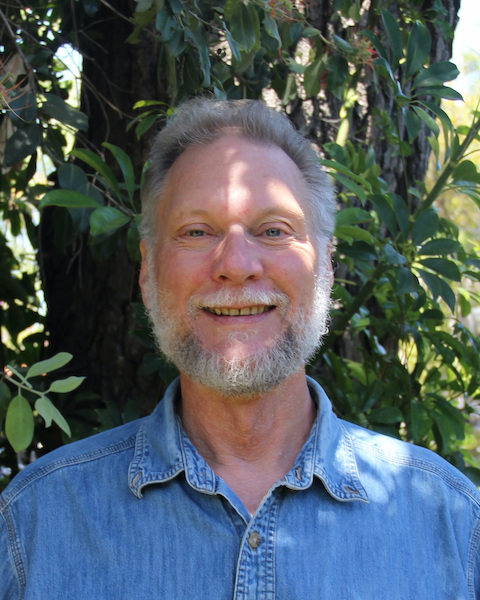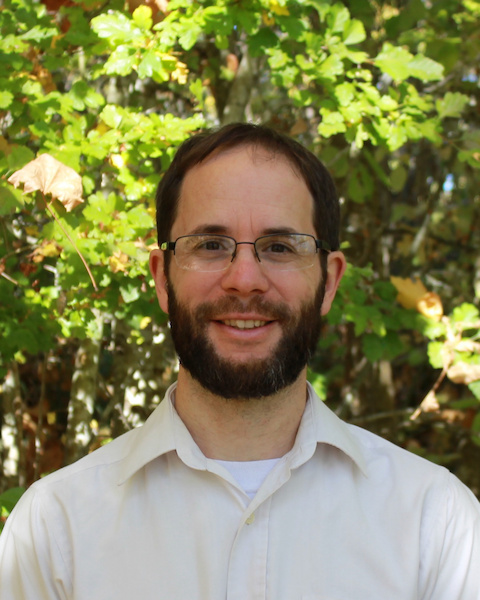Natural resource managers are often challenged with balancing requirements to maintain wildlife populations and to reduce risks of catastrophic or dangerous wildfires. This challenge is exemplified in the Sierra Nevada of California, where proposals to thin vegetation to reduce wildfire risks have been highly controversial, in part because vegetation treatments could adversely affect an imperiled population of the fisher (Martes pennanti) located in the southern Sierra Nevada. The fisher is an uncommon forest carnivore associated with the types of dense, structurally complex forests often targeted for fuel reduction treatments. Vegetation thinning and removal of deadwood structures would reduce fisher habitat value and remove essential habitat elements used by fishers for resting and denning. However, crown-replacing wildfires also threaten the population’s habitat, potentially over much broader areas than the treatments intended to reduce wildfire risks. To investigate the potential relative risks of wildfires and fuels treatments on this isolated fisher population, we coupled three spatial models to simulate the stochastic and interacting effects of wildfires and fuels management on fisher habitat and population size: a spatially dynamic forest succession and disturbance model, a fisher habitat model, and a fisher metapopulation model, which assumed that fisher fecundity and survivorship correlate with habitat quality. We systematically varied fuel treatment rate, treatment intensity, and fire regime, and assessed their relative effects on the modeled fisher population over 60 years. After estimating the number of adult female fishers remaining at the end of each simulation scenario, we compared the immediate negative effects of fuel treatments to the longer-term positive effect of fuel treatment (via reduction of fire hazard) using structural equation modeling. Our simulations suggest that the direct, negative effects of fuel treatments on fisher population size are generally smaller than the indirect, positive effects of fuel treatments, because fuels treatments reduced the probability of large wildfires that can damage and fragment habitat over larger areas. The benefits of fuel treatments varied by elevation and treatment location with the highest net benefits to fisher found at higher elevations and within higher quality fisher habitat. Simulated fire regime also had a large effect with the largest net benefit of fuel treatments occurring when a more severe fire regime was simulated. However, there was large uncertainty in our projections due to stochastic spatial and temporal wildfires dynamic and fisher population dynamics. Our results demonstrate the difficulty of projecting future populations in systems characterized by large, infrequent, stochastic disturbances. Nevertheless, these coupled models offer a useful decision-support system for evaluating the relative effects of alternative management scenarios; and uncertainties can be reduced as additional data accumulate to refine and validate the models.
Using stochastic simulation to evaluate competing risks of wildfires and fuels management on an isolated forest carnivore






